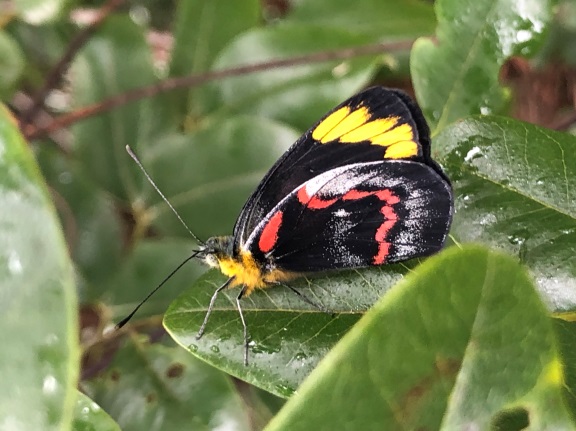Although it is often considered the bane of gardeners, arborists and farmers, the pendulous clumps of mistletoe provide an extremely important resource for all manner of wildlife.
Mistletoe boosts wildlife numbers in agricultural landscapes, especially insect-eating birds due to the accumulation of moist, nutrient-rich leaf litter beneath host trees. Mistletoe provides safe places to nest – 245 Australian bird species have been recorded nesting in mistletoe clumps.
It’s not unusual to come across enthusiasts for plants such as orchids, or roses, but it’s rare to find a Mistletoe enthusiast. Peter Vaughan has found many reasons to marvel at Mistletoes. Here’s his story …
Mistletoes, long considered an unwanted parasite, are now being recognised as some of the most important plants in nature. They are so important, that they are identified as keystone species. This means that if we have mistletoes, many other species will also come along. If we do not have mistletoes, these other species will be missing.
Australia has about 60 species of butterflies that depend on mistletoes. with an estimated 15 species in this area.
Mistletoe is the only food their caterpillars can eat. Plus there are many moths and other insects that will munch on mistletoes. Once this happens we get the insectivorous birds visiting to feed on these insects.
Mistletoes have long tubular flowers. Their bright colours indicate they attract birds for pollination and some birds depend on this wonderful and copious nectar source. Local birds that search for mistletoes include the endangered Regent Honeyeater, as well as the beautiful Scarlet Honeyeaters.
After flowering, mistletoes produce a fruit that is very attractive to other birds. The Mistletoe Bird is famous as its diet is almost completely mistletoe fruits, but there is also a large number of other birds, such as Honeyeaters, Orioles, Fruit Pigeons and Parrots, that love to eat mistletoe fruits.
If that seems amazing, over 245 species of birds have been recorded as nesting in mistletoe clumps. The dense clumps give them considerable protection. And not only birds. Ringtail Possums often build dreys in mistletoes. This is very convenient as both Ringtail and Brushtail possums love to eat mistletoe leaves. In fact when the New England region of NSW had mistletoe infestations, one solution was to put possum nest boxes in the trees.
So, if you are fortunate enough to have mistletoe growing near you, appreciate them for all these reasons, keep an eye out for that extra activity that they support, and pass on the mistletoe message.
Peter Vaughan, is the custodian of a nature reserve adjacent to Munibung Hill.
Pictures: Masthead image: Delias nigrina, the Common Jezebel , a butterfly common in this area, if we have mistletoes.
Image at right: Amylotheca or Brush Mistletoe, a rainforest mistletoe from the local area.



